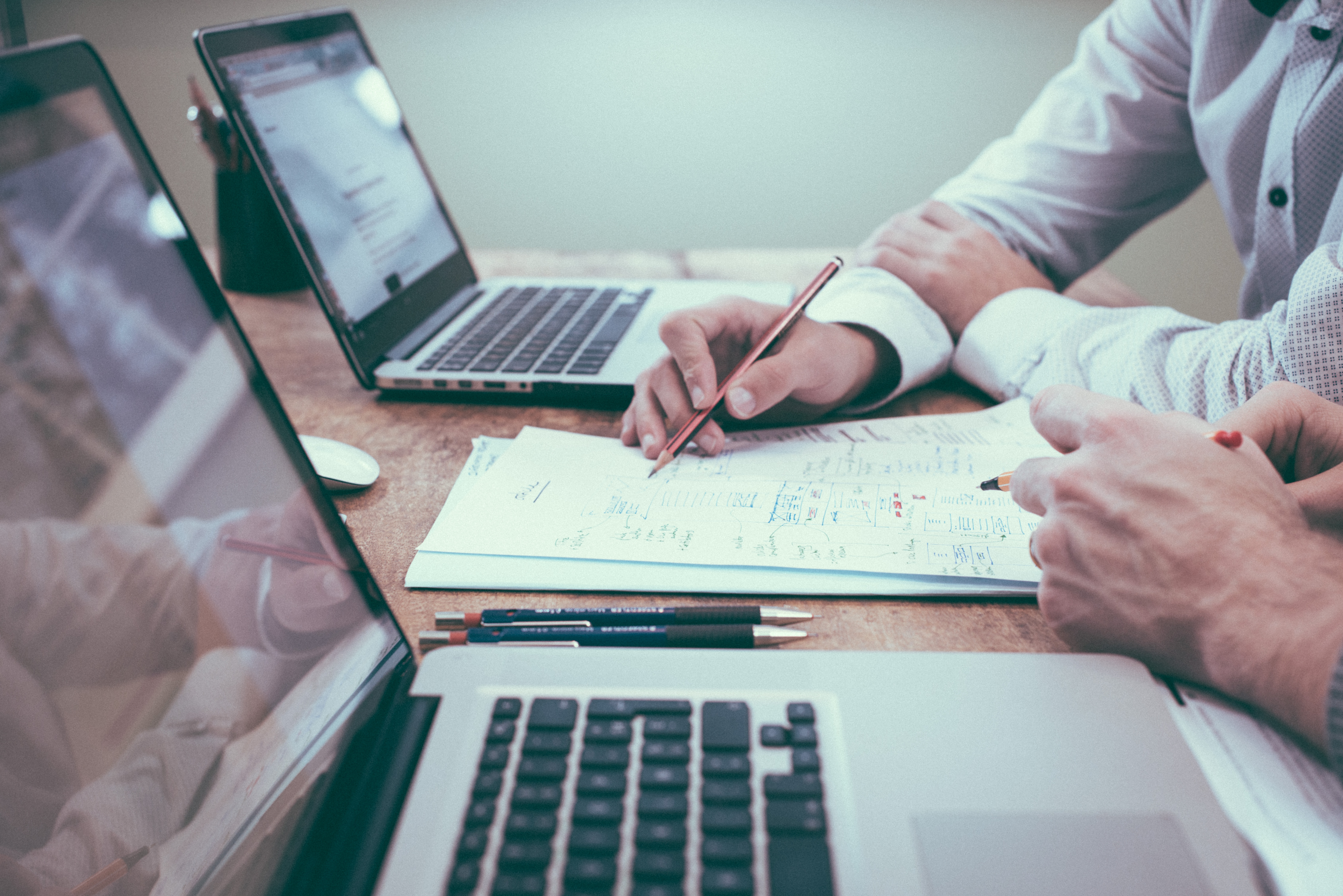A self-assessment tax return is a form used by HM Revenue and Customs (HMRC) to collect income tax from individuals. Whilst income tax is deducted from your salary automatically if you work for a company, most people who are self-employed must complete one each year.
This guide will explain who needs to complete a self-assessment tax return, when they’re due, and how to complete one (with a handy checklist).
Do I need to complete a self-assessment tax return?
Not everyone who is self-employed has to complete a tax return. You must complete a tax return if during the last tax year, you were self-employed as a sole trader and you earned more than £1000, or you are a partner in a business partnership.
If your only income is from your wages or pension you do not need to send a tax return. However, you will need to complete a tax return if you have any other untaxed income such as:
- Money from renting out a property
- Tips and commission
- Income from savings, investments and dividends
- Foreign income
If you are still unsure you can use the government tool to find out if you will need to file a tax return.
When are self-assessment tax returns due?
For any untaxed income you have received during the tax year, the online deadline for filing your tax return is midnight 31st January the following year.
Paper returns should be filed by the 31st October each year.
If you want the tax you owe to be collected through PAYE via your tax code, you will need to submit your tax return by 30 December. This is only an option if you already have some income taxed by PAYE and if your tax bill is below £3000
How to complete a self-assessment tax return: the checklist
If you haven’t already you will need to register for self-assessment here. You will then receive a UTR Number which you will need to file your tax return.
You may need to fill in the following paperwork in order to complete your tax return, employment income, and pension income:
- Your P60 form for employment held at 5th April in the tax year.
- Your P45 form for any jobs you left during the tax year
- Social Security Benefits: a letter from the DWP which shows the details of your state pension or other taxable benefits. If you receive Jobseeker’s Allowance, you’ll also need to complete a P60U form.
- Self Employment Income: a summary of your business income and expenses for the tax year. You will require bank statements, sales invoices, receipts for any expenses, cash books, paying in books, details of any loans taken out.
- Capital Gains: contract notes for the sale and purchase of any assets for e.g. shares or antiques.
- Savings Income: a summary of interest received from your statements or passbook
- Rental Income: a summary of your rental income and expenses, bills for expenses and bank statements, and letting agreements.
Depending on your circumstances you may need to fill in the following supplementary forms as well as the basic SA1000 form:
- SA102 – for if you have any additional wages or other income
- SA103S – if you are self-employed and your turnover is below £85,000 you will need to use this form
- SA103F- you should use this form if your annual turnover is above £85,000
- SA105 – for if you are a landlord or receive income from a property
- SA106 – for if you receive income from work, investments other sources not based in the UK
Have more questions?
It’s important that you get your self-assessment tax return completed accurately and on time. If you have any further questions about how to do this or need the help of an accountant, please don’t hesitate to get in touch.

No Comments